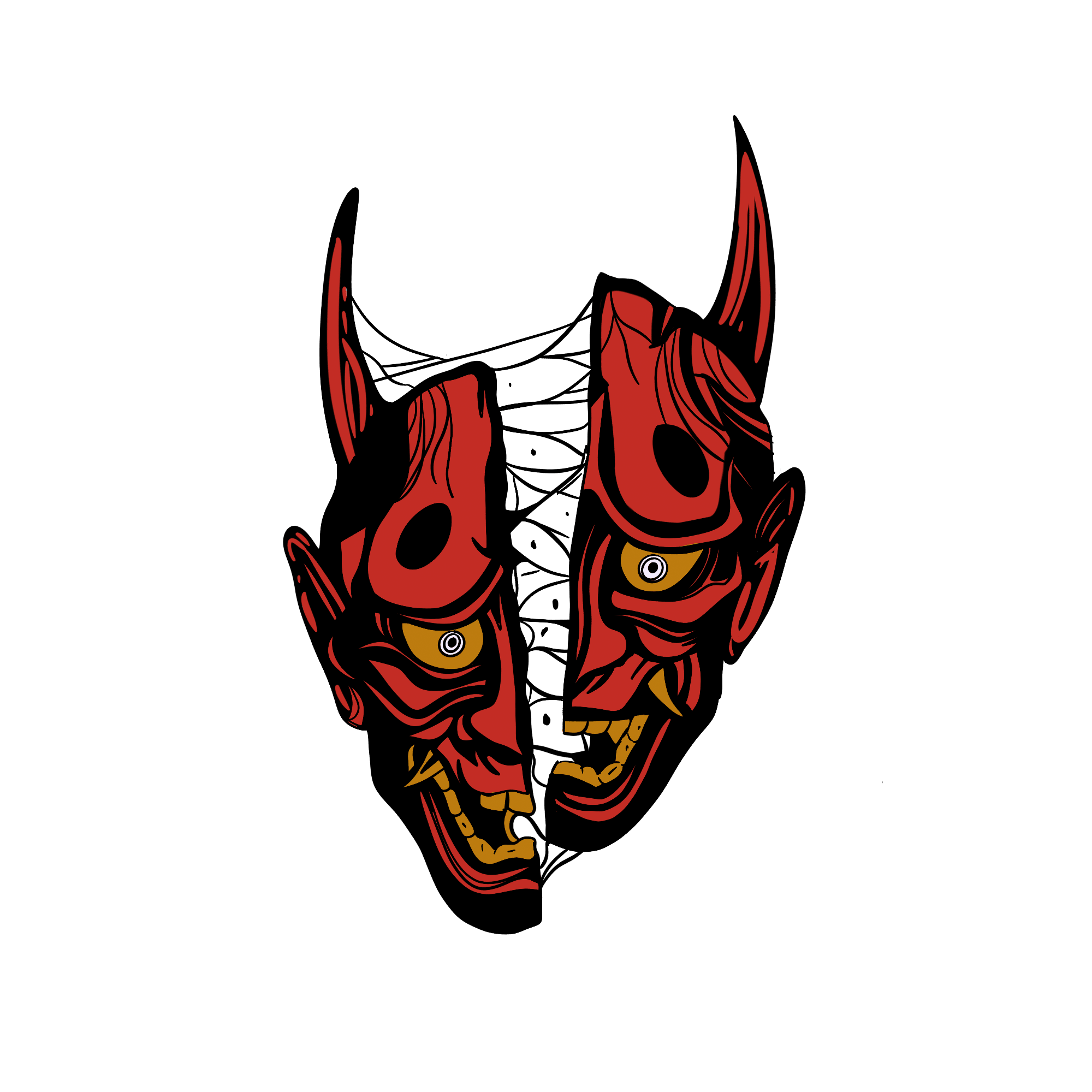Aitvaras Lithuanian


In the rich tapestry of European folklore, there are countless tales of supernatural beings that influence the lives of humans. From the mischievous leprechauns of Ireland to the eerie wendigos of Native American legend, every culture has its collection of fabled entities. Lithuania, a Baltic country with a deep-rooted historical and cultural heritage, is no exception. One of its most intriguing mythical creatures is the Aitvaras.
The Aitvaras (also known as Aitvarai in plural) finds its origins in ancient Lithuanian folklore. While it's predominantly referred to as a demon, the Aitvaras doesn’t fit neatly into the conventional Western idea of a malevolent spirit. It is a complex being, often associated with both good fortune and misfortune.
Physically, the Aitvaras has a chameleonic nature. Inside the house, it manifests as a rooster with a fiery tail, while outdoors, it takes the form of a dragon. This dual appearance emphasizes its intrinsic connection with both domestic and wild realms.
The Aitvaras is not simply a static figure of myth; it’s an active participant in the daily lives of those who encounter it. Here are some of its most defining characteristics:
- **Provider of Wealth**: One of the most attractive features of the Aitvaras is its ability to bring wealth to a household. This is often in the form of gold coins. However, the origin of this wealth is dubious at best, as it's believed to be stolen from neighbors or other sources.
- **Connection with the Household**: An Aitvaras is usually associated with a specific house. Once it decides to inhabit a place, it's challenging to get rid of it.
- **Temperament**: The Aitvaras can be both benevolent and malevolent. While it might bring prosperity to a household, it can also bring misfortune if it's angered.
- **Dealings with Humans**: Some stories suggest that a person can obtain an Aitvaras by hatching a rooster's egg, indicating a deliberate intention to engage with this creature and its powers.
Like many mythical creatures, the Aitvaras can be seen as a representation of the moral and ethical dilemmas faced by people. The duality of its nature — bringing both fortune and misfortune — may symbolize the age-old adage that "not all that glitters is gold." While the promise of quick riches is tempting, it often comes at a price.
Furthermore, the idea that an Aitvaras can be obtained by hatching a rooster's egg might reflect the human desire to control or harness supernatural powers, even at the risk of unintended consequences.
While the traditional beliefs associated with the Aitvaras have faded over time, this creature still holds a place in modern Lithuanian culture. It's occasionally referenced in literature, music, and even in conversations as a metaphor. For many Lithuanians, the Aitvaras serves as a connection to their ancestral past and the rich tapestry of myths that have shaped the nation's identity.
The Aitvaras is more than just a tale of a supernatural being; it's a reflection of human nature, desires, and fears. As with many folkloric creatures, the Aitvaras serves as a cautionary tale about the perils of unchecked ambition and the moral costs associated with it. In today's age, where the line between right and wrong is often blurred, ancient tales like that of the Aitvaras remain relevant, reminding us to tread cautiously in our pursuits.
Demons



